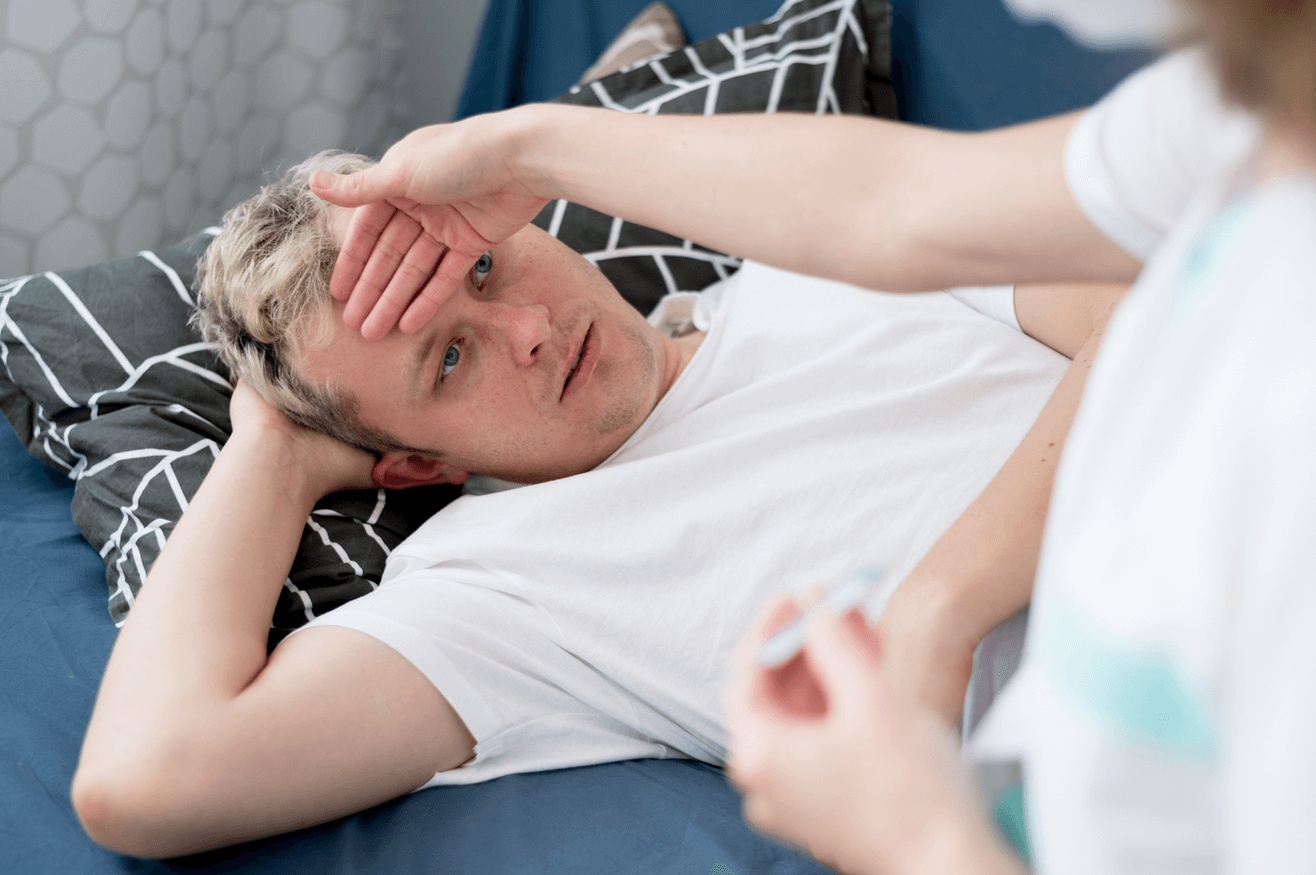Get in touch
Refer a Patient
Referring physicians can expect timely updates and clear communication at every step of their patient’s surgical journey.
Please provide the patient’s information.
Between 75% and 85% of adults will experience lower back pain during their lifetime, yet many suffer needlessly because they mistake serious conditions for routine discomfort. Spinal stenosis is a condition that can mimic or worsen common back issues, but often goes undiagnosed until symptoms progress.
The narrowing of spaces within your spine can put pressure on nerves that travel through it, creating pain that might feel similar to everyday back strain but requires very different treatment. Recognizing spinal stenosis symptoms early is critical. Continue reading to get a better understanding of the signs of spinal stenosis, how it differs from typical back pain, and when it's time to seek professional care from the best spine surgeon in Los Angeles.
Spinal stenosis is a condition in which the spaces within your spine narrow, creating pressure on the nerves that travel through these constricted areas. This narrowing typically happens in two main regions: the lower back, known as lumbar spinal stenosis, or the neck, known as cervical spinal stenosis.
While some people are born with a naturally narrow spinal canal, most cases develop over time due to age-related changes. As we age, our spinal tissues thicken and harden with normal wear and tear. Additionally, arthritis can cause bone spurs or herniated discs. Additionally, previous spinal injuries can trigger changes that reduce the available space for nerves.
While regular back pain typically stays localized in the back area, nerve compression from spinal stenosis causes pain, numbness, or tingling that radiates down your legs or arms. Another telltale sign is how your symptoms respond to different positions. Stenosis pain often intensifies when walking or standing for extended periods, then noticeably improves when sitting down or leaning forward.
The early warning signs of spinal stenosis often begin subtly before becoming more pronounced. You might notice:
These symptoms occur because the compressed nerves affect muscle strength and sensation in the limbs they connect to. While most symptoms develop gradually, one warning sign demands immediate medical attention: any loss of bladder or bowel control. This rare but serious symptom indicates severe nerve compression and constitutes a medical emergency that requires prompt care to prevent permanent nerve damage.
Don't wait too long to seek medical attention if you suspect spinal stenosis. Make an appointment with your doctor if your:
Treatment for spinal stenosis typically begins with conservative approaches before considering surgical options. Non-surgical treatments form the foundation of care, including:
For patients with moderate to severe stenosis who don't respond adequately to these measures, minimally invasive spine surgery or decompression procedures provide relief by creating more space for the nerves. These modern surgical techniques often use smaller incisions and cause less tissue damage than traditional open surgery, resulting in faster recovery times.
While you can't completely reverse spinal stenosis once it develops, you can take several steps to slow its progression and minimize nerve pain symptoms:
Additionally, managing chronic health conditions plays a crucial role in reducing your risk of spinal stenosis worsening. Keeping arthritis and diabetes under control can significantly reduce inflammation and decrease the risk of nerve damage throughout your body.
When back pain begins to interfere with your mobility or daily life, precision matters, and so does trust. At California Neurosurgical Specialists, we combine cutting-edge, minimally invasive techniques with an unwavering commitment to personalized care for every patient with spinal stenosis.
Led by Dr. Arnau Benet, a fellowship-trained neurosurgeon with elite credentials and global expertise, our team delivers thoughtful, evidence-based treatment plans designed to relieve nerve compression, restore function, and get you back to living life to the fullest.
Whether you're local to California or traveling from Las Vegas, Hawaii, or beyond, we offer world-class spinal care without the need to travel far from home.
Ready to relieve pain and improve your quality of life with help from the best spinal stenosis surgeon in Los Angeles?

Facing a cavernous malformation diagnosis can be a life-changing moment. This article, from the best cavernous malformation surgeon in Los Angeles, explains what these blood vessel clusters are, what symptoms to watch for, and how to decide between monitoring and surgery.

A sudden jolt of pain can turn something as simple as brushing your teeth or feeling a breeze into an unbearable experience. This article explores trigeminal neuralgia and modern treatments from the best trigeminal neuralgia surgeon in Los Angeles.

Get in touch